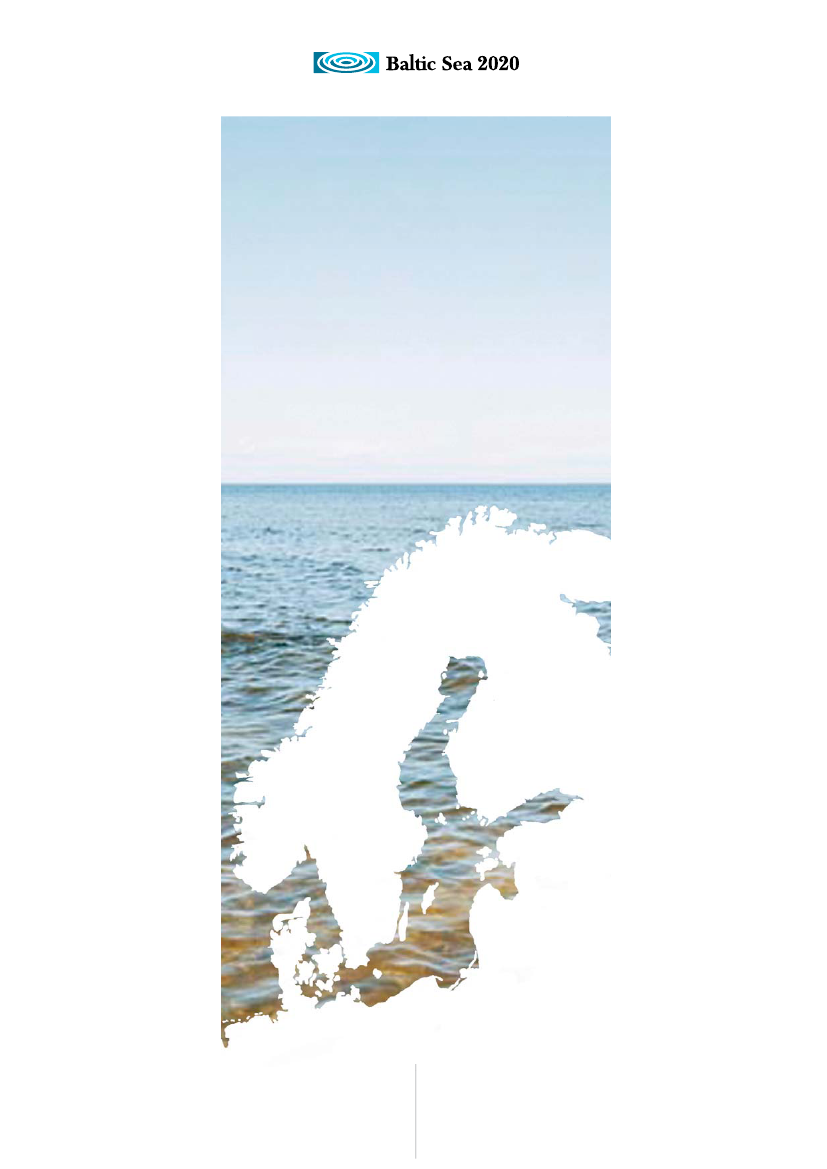
Summary
The role of
cod in the
Baltic Sea
Björn Carlsons Östersjöstiftelse
Baltic Sea 2020
Box 50005, S-104 05 Stockholm, Sweden
Tel: +46 (0)8 673 97 64, Fax: +46 (0)8 673 97 60
[email protected] - www.balticsea2020.org
The aim of Baltic Sea 2020 is to stimulate creative interdisciplinary
and international collaboration in a variety of areas, resulting in
political, economical and physical measures taken to improve the
environment of the Baltic Sea in the coming 10-15 years.
Baltic Sea 2020 was established as a foundation through a private
donation made by Björn Carlson in the autumn 2005.